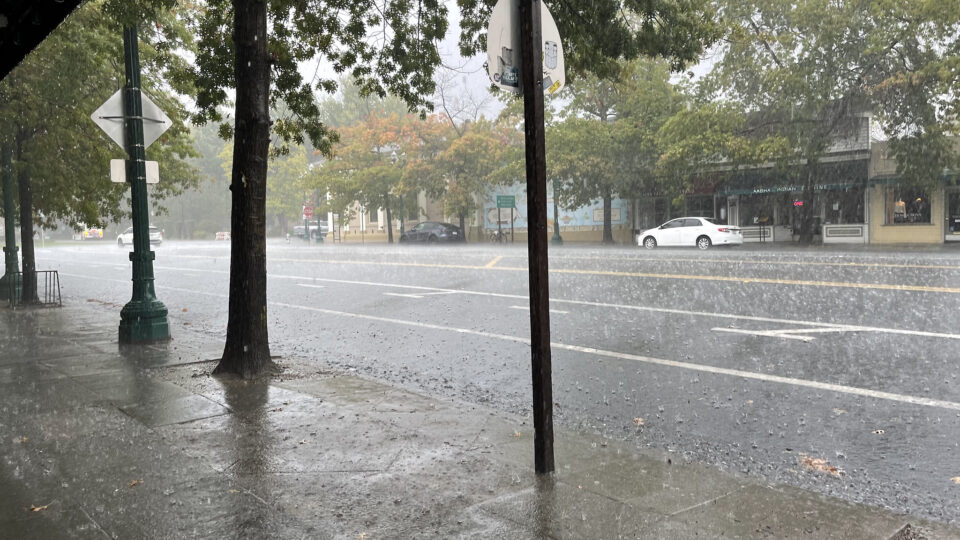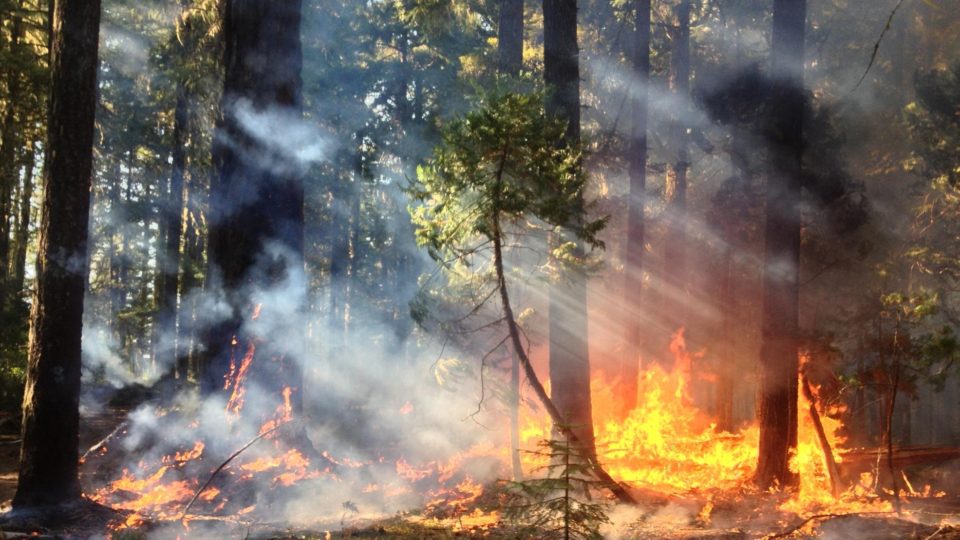California experienced its wettest 10-day period in 25 years as a result of a series of storms driven by atmospheric rivers in January. The Rocky Mountains got buried in snow from the same weather pattern. For the drought-stricken West, the storms were good news. But they are not the cure for what’s been ailing the region.
In California, the snowpack in the Sierra Nevada mountains has been greatly enhanced, containing twice as much snow as is considered average for this time of year. Without a doubt, it will reduce the impact of the drought that has plagued the state for 23 years. But one big storm or even a series of them is not enough to undo years of minimal precipitation and rising temperatures. Many of the states’ largest reservoirs remain well below historical averages despite the record-breaking rain. It would take several wet years to really allow the state to recover from the drought.
The snowfall in the Rockies is crucial because it is the source of more than two-thirds of the water in the Colorado River. The Colorado River is the water lifeline for 40 million people from Wyoming to Mexico.
The ongoing shrinking of the Colorado River is a crisis that has created massive problems for the multibillion-dollar agriculture industry and for many large cities, including Denver, Phoenix, Salt Lake City, Las Vegas, and Los Angeles. Two of the nation’s largest reservoirs – Lake Mead and Lake Powell – are filled by the Colorado River. The historic low levels of these reservoirs have threatened the functioning of hydropower facilities that provide electricity to millions of people.
The January storms were good news for the West, but its problems are not over.
**********
Web Links
This Winter’s Rain and Snow Won’t be Enough to Pull the West Out of Drought
Photo, posted September 18, 2022, courtesy of Sarah Stierch via Flickr.
Earth Wise is a production of WAMC Northeast Public Radio




